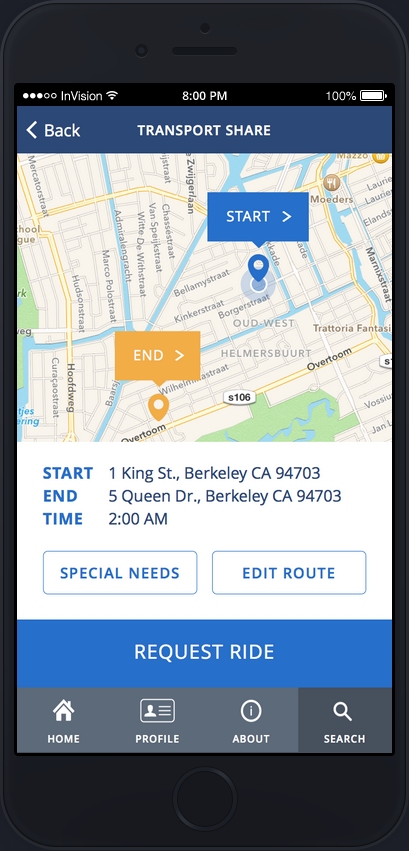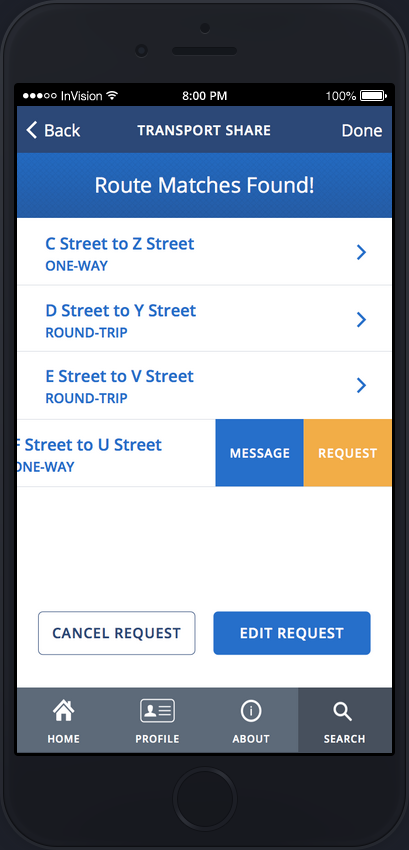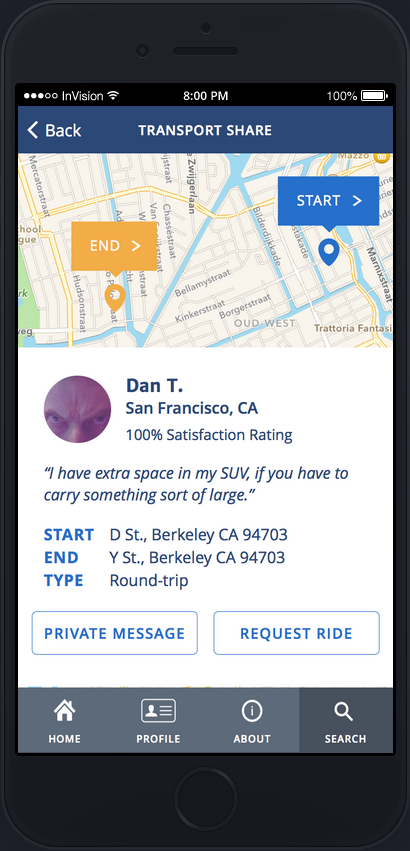Thanks to additional funding from the NSF, we have been able to pursue the development of a smart, context-aware enhancement to our mobile timebanking app.
What does this mean to you? With this new technology, the app can learn from user habits, preferences, and behaviors, and be able to match people who need services with people who are the most likely to be able to help because of where they are, what they are doing and because of their skills and personal profile. Need a someone to buy you a good spade? The app can find people who will soon be passing your way and know something about gardening that can help you.
This version of the app is currently under development with the goal of a closed trial in the summer or autumn of 2015 of the transportation tasks feature.
We focused on the transportation feature (giving a ride or transporting something) because that was the most commonly requested kind of task in timebanks to date and because this kind of task can benefit especially from context-aware computing capabilities. By knowing where drivers are and predicting their travel patterns, we can route task recommendations to the drivers who are least inconvenienced by performing the task (e.g., would have to go the smallest distance out of their way to complete it).
To use this feature, drivers will be asked to specify their vehicle’s properties in their profile and riders would have to specify any special properties of the vehicle they require for the current request they are making, for example a large carrying capacity to help deliver a new mattress to a home. The system will use these features to match up transportation service providers and receivers, taking into account where drivers are predicted to be and which way they are predicted to be traveling. Using this information the system will then make a set of matches prioritized by goodness of fit. This will make transport sharing easier and more accessible between peers (this will be more efficient than relying on dedicated drivers as in existing services such as Uber and Lyft).
If you’re interested in who is involved in developing the app and conducting supporting research to inform its design and promotion, please go to the People page to see the team members.


